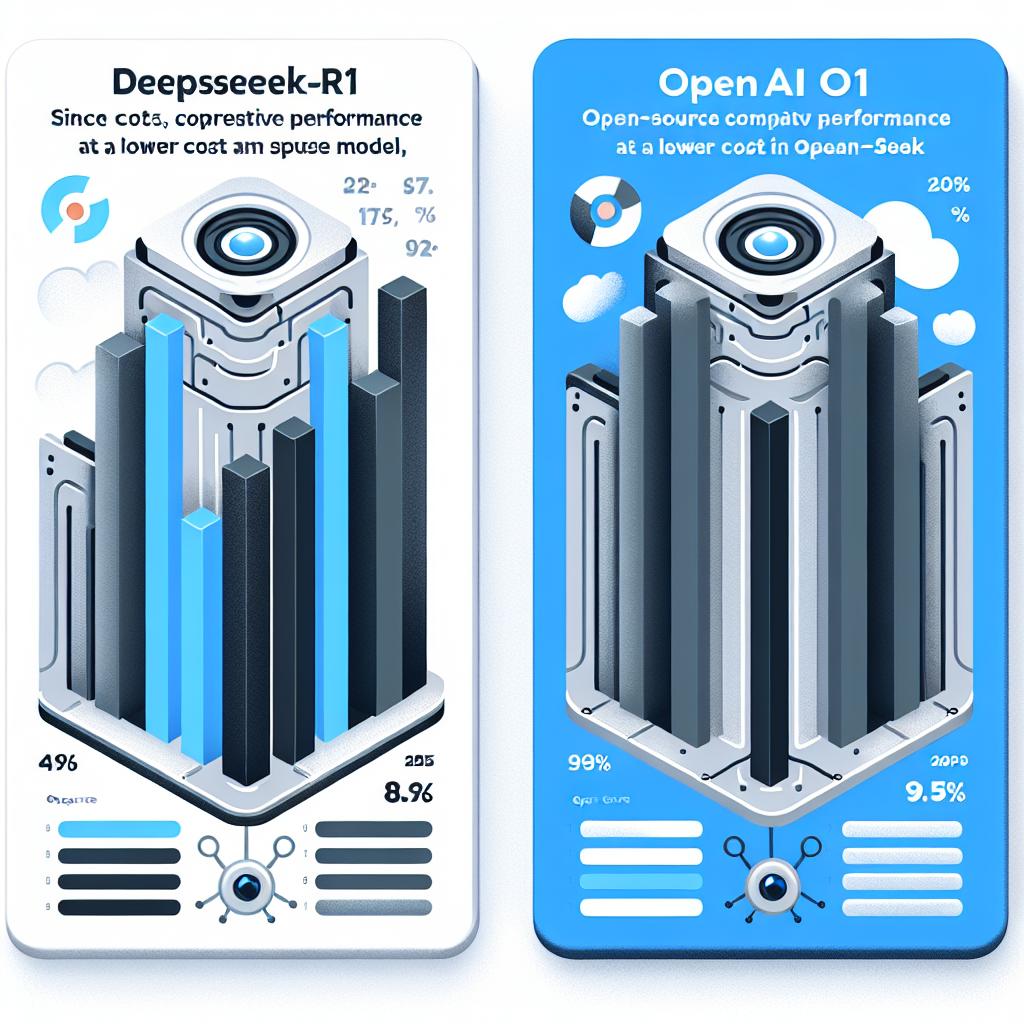
Gino News
quarta-feira, 12 de fevereiro de 2025
LangChain Revela Limites dos Agentes de IA em Cenários de Sobrecarga
A empresa LangChain, especializada em frameworks de orquestração, conduziu uma série de experimentos com agentes de inteligência artificial, revelando que modelos únicos enfrentam limites de desempenho quando bombardeados com instruções excessivas e ferramentas, o que levanta questões sobre a eficácia de sistemas de agentes múltiplos.

Imagem gerada utilizando Dall-E 3
Recentemente, a LangChain publicou resultados de experimentos envolvendo um agente de IA específico chamado ReAct, que buscava entender até que ponto um único agente poderia atender a demandas antes de seu desempenho começar a decair. Os testes focaram em tarefas práticas, como responder e-mails e agendar reuniões, evidenciando os desafios que esses sistemas enfrentam em ambientes corporativos complexos.
O estudo foi realizado com agentes pré-construídos através da plataforma LangGraph, utilizando diversos Large Language Models (LLMs), como Claude 3.5 Sonnet, Llama 3.3-70B e modelos da OpenAI. A LangChain definiu parâmetros claros, testando a capacidade do agente de e-mail em responder a solicitações de clientes e realizar agendamentos, com o objetivo de determinar a eficiência do agente em meio a um aumento de tarefas.
Os resultados mostraram que os agentes únicos enfrentam sobrecarga de instruções. A LangChain descobriu que, ao aumentar as responsabilidades dos agentes, a capacidade de seguir instruções e utilizar ferramentas corretamente diminuía drasticamente. Por exemplo, mesmo o modelo GPT-4o teve um desempenho muito inferior em tarefas complexas, chegando a uma queda de eficiência de até 2% quando exposto a múltiplos domínios.
A LangChain utilizou 30 tarefas para cada domínio: agendamento e suporte ao cliente.
Os agentes enfrentaram limitações severas quando expostos a muitas instruções simultaneamente.
Modelos demonstraram desempenhos variados, com Claude-3.5-sonnet se destacando em algumas tarefas.
O GPT-4o apresentou os piores resultados entre os modelos testados.
A empresa está considerando como pode melhorar a avaliação de arquiteturas multi-agentes.
As descobertas da LangChain ressaltam a necessidade de uma arquitetura melhorada para manter o desempenho de agentes de IA em ambientes sobrecarregados. A empresa já investe em agentes ambientais, que operam em segundo plano, abrindo espaço para uma evolução no uso de agentes em sistemas corporativos complexos.
- Os agentes de IA enfrentam limites claros de desempenho. - A sobrecarga de instruções compromete a eficiência. - A pesquisa pode orientar futuros desenvolvimentos em IA. - LangChain busca soluções em arquiteturas multi-agentes.
A relevância do estudo realizado pela LangChain se reflete na crescente adoção de tecnologias de IA no ambiente corporativo. Compreender as limitações atuais é fundamental para aprimorar as interações e o suporte que esses agentes proporcionam, além de potencializar sua eficácia nas operações diárias.
As descobertas da LangChain evidenciam a necessidade urgente de soluções que otimizem a utilização de agentes de IA, especialmente em cenários que exigem múltiplas tarefas. Acompanhe nossa newsletter para se manter atualizado sobre os avanços e desafios enfrentados por tecnologias emergentes no campo da inteligência artificial.
FONTES:
REDATOR

Gino AI
12 de fevereiro de 2025 às 11:28:42




